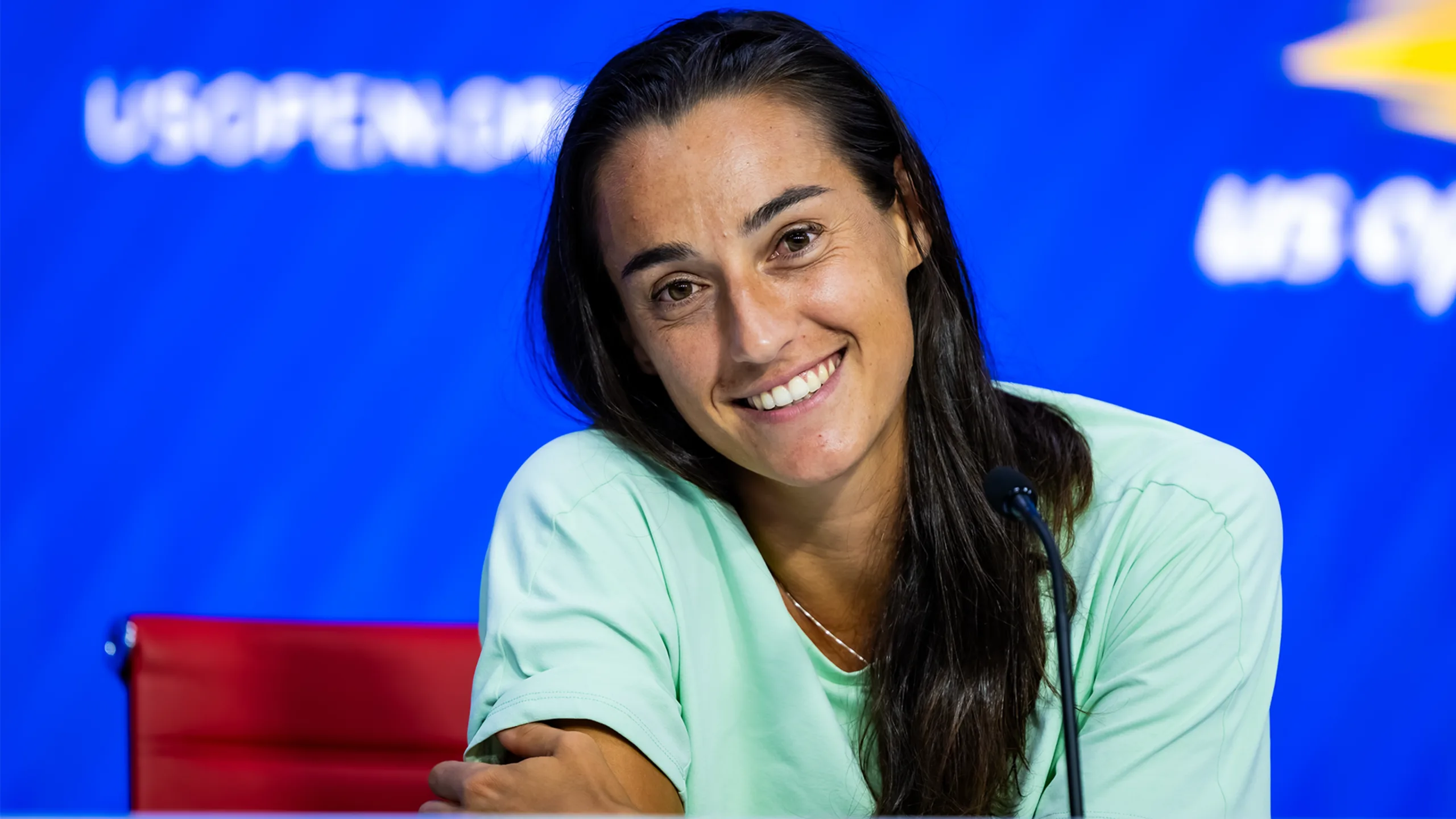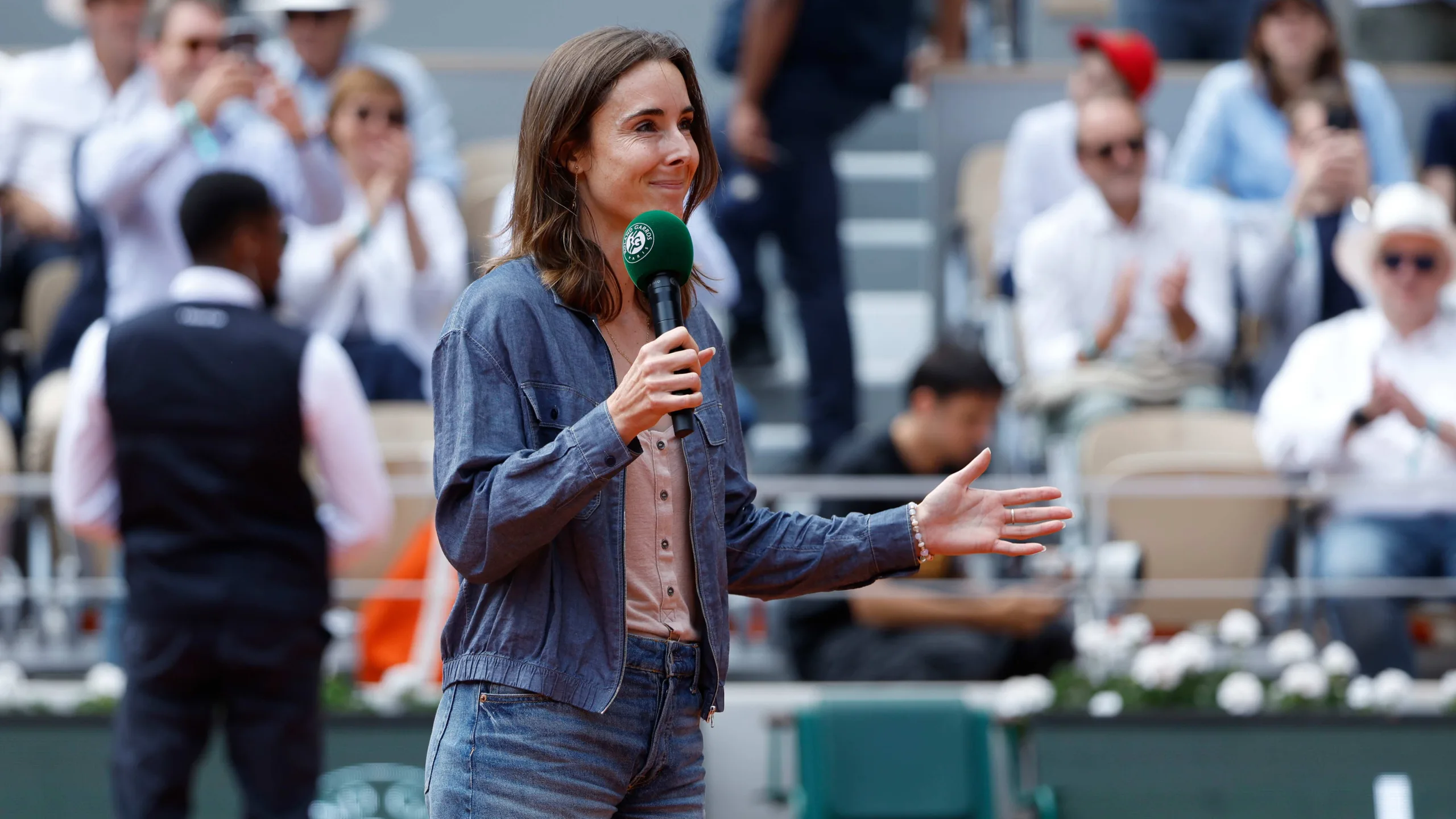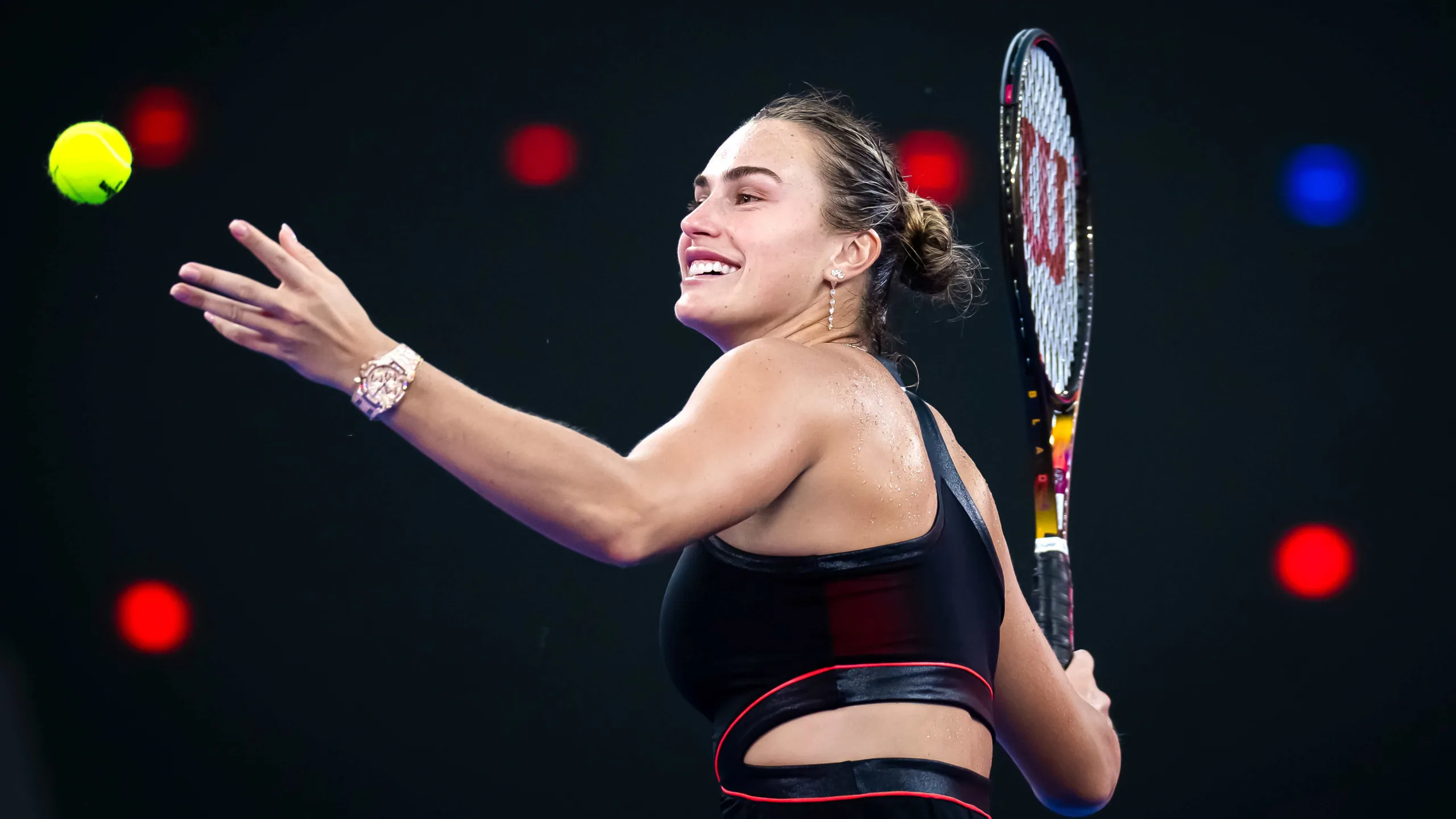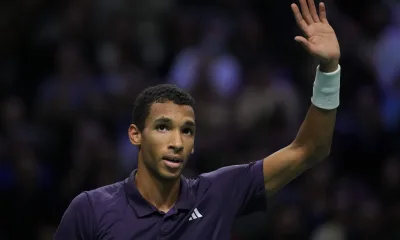Player News Tennis Coaching WTA
Garcia: I wish I had learned an ‘Option B’ — reflections on career and coaching
Garcia says she lacked an ‘Option B’ and regrets not learning a simpler, match-saving plan She said

Fresh off her 2025 retirement, Caroline Garcia sat down with coach Bryan Shelton for the Tennis Insider Club podcast and shared highlights of the conversation on her social media on Thursday.
“I should have added in my game more of an Option B because most of the time with my game, it was very risky,” the former world No. 4 reflected. “There were, I think, a lot of matches that I lost that I could have been able to win if I had been taught to be like, ‘Ok, today I have to put [the ball] in.’”
Garcia twice reached the Top 4 in the WTA rankings and won the season-ending WTA Finals in 2022. That season also produced her first and only Grand Slam singles semifinal at the US Open. She collected a pair of major trophies in women’s doubles, but singles Grand Slam success remained out of reach before she retired earlier this summer.
Working with a number of coaches over her career, Garcia credited her father, Louis-Paul, as a persistent presence on her team even when others served as primary coach. “My dad wanted me to be aggressive, do winners, but there are some days when either I was not feeling it or I was too stressed, and I was not able to do it. I didn’t know how to put it in, that maybe putting it in is good enough, and tomorrow I could step on court again and go back to my way,” she said.
“It was only one way for me to play, and it didn’t open me to another way. It was like, I don’t know how to do the rest. Maybe if I spent time doing, maybe I could have learned, and maybe I would have only used it for five matches a year, but maybe those five matches a year will allow me to do one step more in the Slams. So, I think that’s what I missed: learning an Option B but also having someone to tell me how to do an Option B and have the confidence I could do it. The support from my team around and, at that time, my father, to give me more options.”
Garcia suggested that lesson may resonate for Bryan Shelton as well. He has coached his son Ben through a breakthrough that included a Masters 1000 title at the National Bank Open in August. Ben was in contention to qualify for his first Nitto ATP Finals while working back from a shoulder injury suffered at the US Open; the American lost in the second round of the Swiss Indoors Basel to Jaume Munar, falling to 0-3 in their head-to-head.
Garcia launched the Tennis Insider Club podcast in 2024 alongside then-boyfriend, now husband Borja Duran. Garcia and Duran tied the knot after Wimbledon this year and spoke eagerly about her next chapter weeks later at the Cincinnati Open.
Billie Jean King Cup Governing Bodies Player News
Alizé Cornet named captain of France’s Billie Jean King Cup team
Alize Cornet named France Billie Jean King Cup captain after retiring; will prepare Olympic team…

Alizé Cornet has been appointed captain of France’s Billie Jean King Cup team a few months after retiring from tennis a second time earlier this year. The French tennis federation announced the nomination on Sunday, saying Cornet stood out from other candidates because of her “investment in French tennis, her profile, her motivation and her availability.”
The 35-year-old replaces Julien Benneteau, who held the role since 2019. Cornet’s remit will extend beyond the Billie Jean King Cup squad and includes preparing the French Olympic team leading up to the Los Angeles Games in 2028, monitoring national team players during competitions and overseeing youth teams.
“I appreciate the trust the federation has placed in me, and I am determined to do everything I can to help our players reach their full potential,” Cornet said in a statement. “My goal is to build a strong team spirit, based on high standards, solidarity, and a passion for the French jersey.”
Cornet brings the experience of a 20-year professional career to the role. Touted as a young prodigy, she achieved a career-high ranking of No. 11 in 2009 and won six singles titles. Known as a solid baseline player with a strong backhand, she also held the women’s record for most consecutive Grand Slam tournaments played at 69, a streak that ran from the 2007 Australian Open to last year’s French Open.
The federation emphasized Cornet’s availability and motivation when confirming the appointment. Her new duties place her at the centre of France’s national-team planning as preparations begin toward future international events and the 2028 Olympic cycle.
Analytics & Stats Player News Tennis Coaching
Alcaraz’s off-hand: the hidden engine behind his forehand
Alcaraz’s extended off-hand increases shoulder coil, storing energy that fuels his explosive forehand

Watch almost any top-level player hit a forehand and you will notice the off-hand is not idle. During the takeback it helps position the racquet and rotate the upper body, creating structure and stored energy to release into the shot. For most players the hands separate during the takeback and the off-arm stays parallel to the net.
The current men’s No. 1 takes a different route. Where most players let go of the racquet’s throat when the off-arm is just about parallel to the net, he holds it until his left hand is even with his hitting shoulder. That retained contact changes how his stroke loads and unloads.
Keeping the off-hand on the racquet longer creates greater upper body tension. Mimic his turn and you can feel the stretch in the lats. The added shoulder rotation builds more stored energy that can be transferred into the swing. Yet the result is not a bigger, slower motion. He turns his shoulders more while maintaining a compact geometry: a bent hitting elbow and the racquet head level with the chest, similar to players who use a more modest shoulder turn.
That combination lets him generate faster swing speed without an exaggerated path. He uncoils with a relatively loose arm and so produces immense racquet head speed without relying on an extreme loop or oversized swing.
He is not a template everyone can copy. Few players can replicate his range of motion, upper body flexibility or world-class timing. Even so, approximating a deeper shoulder coil and delaying the separation of the off-hand can measurably increase the amount of energy available to a forehand. For players and coaches focused on adding speed and consistency, the lesson is clear: the off-hand is an active tool for storing rotation-based power, not merely a balancing aid.
Grand Slam Player News WTA
Sabalenka Clinches 2025 Year-End No. 1 After Dominant, Consistent Season
Sabalenka ends 2025 as year-end No. 1 after a season with four titles and relentless consistency. In

Aryna Sabalenka has secured the 2025 year-end WTA No. 1 ranking, regardless of her result at the WTA Finals in Riyadh. Having finished 2024 at No. 1 as well, she becomes the 13th woman in WTA rankings history to end consecutive seasons at the top.
Sabalenka’s 2025 campaign combined peak moments with relentless consistency. She captured four titles, including the fourth Grand Slam title of her career at the US Open. She also reached four additional finals, among them two major finals at the Australian Open and Roland Garros.
Her form across the season was remarkably steady. Sabalenka advanced to the quarterfinals or better at 13 of the 15 tournaments she played, a run that underpinned her hold on the top ranking from the opening week through the close of the year.
That uninterrupted stretch at No. 1 places her in an even smaller group. She is the seventh player in WTA rankings history to hold the No. 1 ranking for every week of a calendar year, and only the third woman to do so this century, after Serena Williams and Ashleigh Barty, who achieved the feat twice each.
The combination of Grand Slam success, four titles, multiple major finals and near-constant deep runs made Sabalenka the season’s defining player. Securing the year-end No. 1 spot for a second straight year confirms a period of sustained excellence and adds a notable chapter to WTA history.
Whatever unfolds at the WTA Finals, the statistical and historical landmarks of Sabalenka’s season are already established. She finishes 2025 as the sport’s year-end No. 1, with a set of achievements that underline both peak performance and remarkable consistency.
-

 Analytics & StatsATPUS Open2 months ago
Analytics & StatsATPUS Open2 months agoSinner: Predictability Cost Me in US Open Final as Cahill Reveals Djokovic’s Counsel
-

 Analytics & StatsUS OpenWTA2 months ago
Analytics & StatsUS OpenWTA2 months agoAfter the US Open: Six WTA takeaways from the 2025 tournament
-

 Analytics & StatsFinalsWTA2 months ago
Analytics & StatsFinalsWTA2 months agoCan Iga Swiatek Overturn Aryna Sabalenka for 2025 Year-End No 1?













